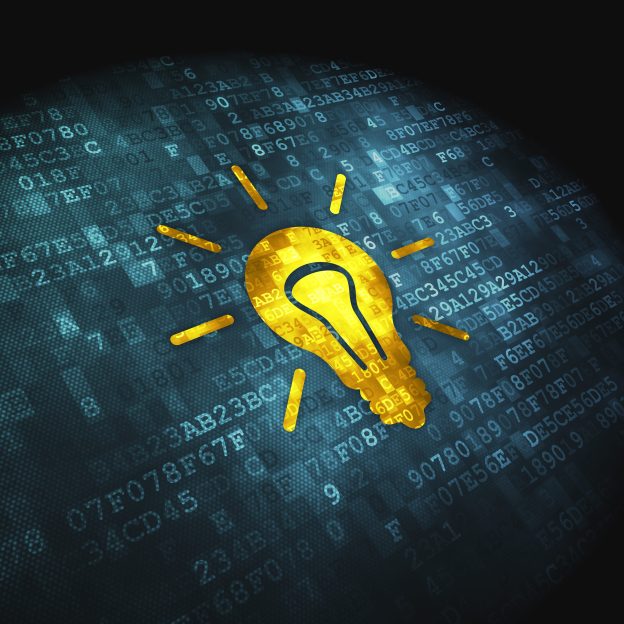
The boom in the NEV market is driving the growth of the demand for Li-ion batteries. In view of this situation, battery suppliers are aggressively building new factories and expanding production capacity. At the same time, they are also investing more and more resources into improving related technologies.
South Korea’s Yonghap News Agency reported on August 16 that Samsung SDI plans to set up a new R&D center in China next year. The South Korean battery suppliers have already built two new R&D centers respectively in the US (Boston) and Germany (Munich). The opening of the R&D center in Germany took place on July 1, and the opening of the R&D center in the US took place on August 15. The latter is the first of its kind established by Samsung SDI in the US.
Samsung SDI said that having R&D centers in multiple countries around the world will allow it to develop new battery technologies for specific regions. Furthermore, R&D centers are instrumental in the execution of the company’s “super-gap” strategy, which is about maintaining a substantial technological edge over competitors. The R&D center in the US will be collaborating with local university research institutions and startups. Together, they will improve the existing types of Li-ion batteries and create next-generation batteries that are based on other designs and materials.
Cho Yunho, president and CEO of Samsung SDI, said that through these R&D centers, his company will be drawing from the most advanced technological resources and top-tier industry talents from around the world. This way, his company will be able to significantly improve the quality of its products. Cho added that the US and Europe will serve as the starting point of the global expansion of R&D centers. More will be built in other parts of the world in the future. Samsung SDI reported in March that its R&D spending for the entire 2021 came to a record high of KRW 877.6 billion (USD 670 million) and reflected a year-on-year increase of 8.57%.
This article is a translation of a Chinese article posted by TrendForce. It contains information that is either sourced from other news outlets or accessible in the public domain. Some Chinese names are transcribed into English using Hanyu Pinyin.







